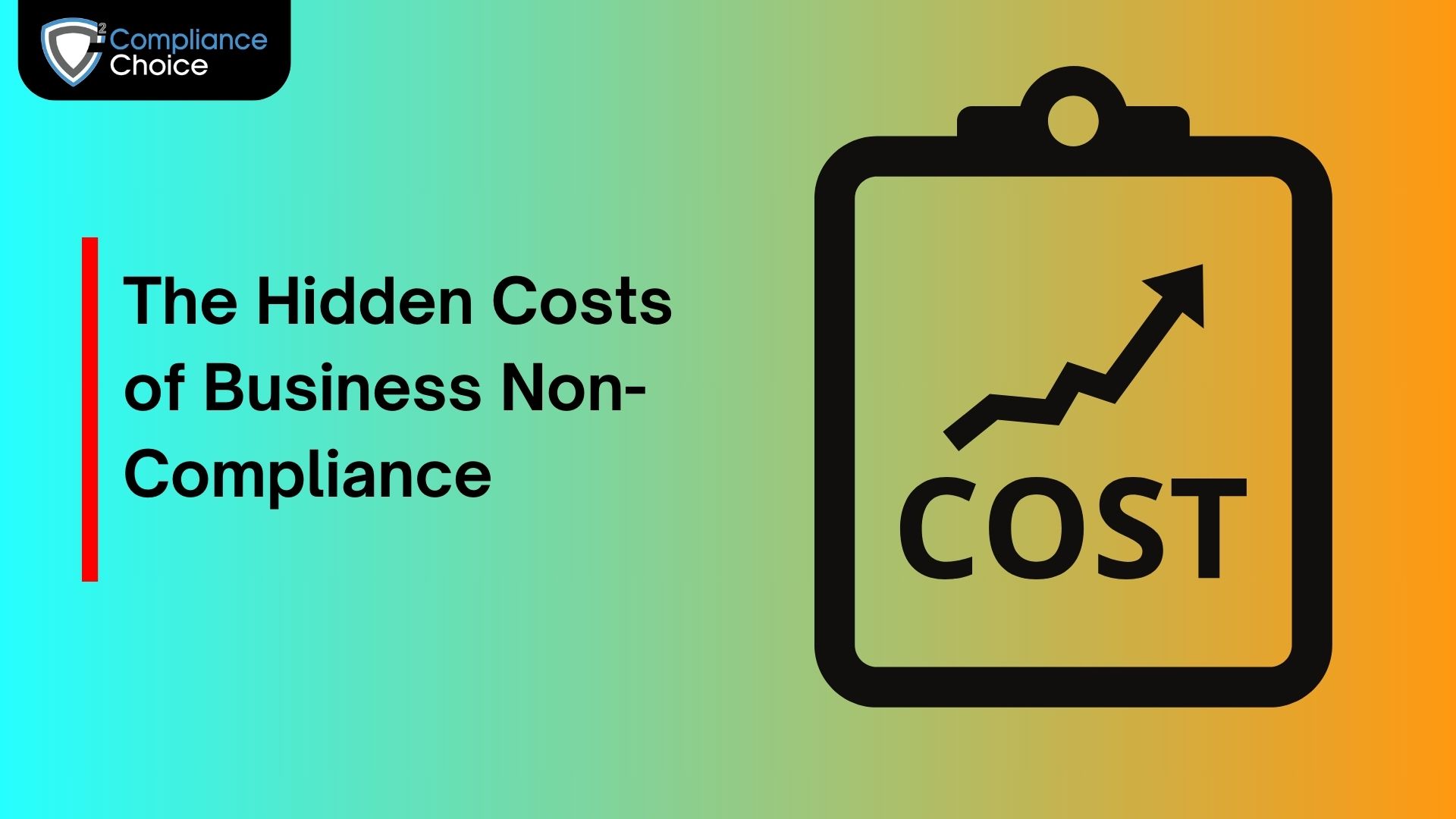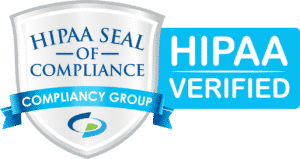Companies often face a dilemma: Should they prioritize compliance, or risk ignoring it? Many healthcare companies, for example, believe that compliance adds complications to their business processes. However, in highly regulated industries like healthcare and finance, Hidden Costs of Business meeting legal obligations is not only necessary but critical for business survival and growth. Non-compliance can result in serious consequences that threaten the stability and longevity of a business. Therefore, it is essential for management to take compliance seriously, even if it seems burdensome. The consequences of non-compliance can range from minor inconveniences to catastrophic events.
This article explores the hidden costs of non-compliance and its impact on business scaling.
What is Non-Compliance in Business?
In order for a business to operate legally, it must follow specific rules and regulations. These regulations are designed to protect the company, its employees, customers, and stakeholders. Compliance obligations vary depending on the business type, location, and industry. When a company fails to meet these requirements, it faces non-compliance and hidden Costs of Business, which can lead to significant penalties and operational disruptions. Industries such as healthcare, finance, transportation, and construction require Healthcare Risk Assessment Software for Improved Safety and other robust compliance processes to ensure business continuity.
Types of Non-Compliance
Non-compliance can fall into four categories:
- Violations of Laws and Regulations: Governments impose strict laws regarding wages, working hours, and employee benefits. Companies must follow these rules or face violations.
- Non-Compliance with Industry Regulations: Industry-specific regulatory bodies have their own rules, and failure to adhere to these regulations can result in audits, penalties, or loss of certification.
- Corporate Non-Compliance: Companies establish their own internal rules to ensure proper functioning. Violations of these rules can disrupt operations and create internal conflicts.
- Non-Compliance with Union Laws: Union laws are designed to protect workers. Violating these regulations can lead to penalties and labor disputes.
Financial Costs of Non-Compliance
Non-compliance can have significant financial implications for businesses:
- Penalties: The most immediate financial consequence is fines for non-compliance. Small businesses may find that penalties are enough to disrupt or even shut down operations. Larger companies have also faced millions of dollars in fines due to non-compliance, highlighting the financial risk involved.
- Legal Action: Non-compliance can lead to legal action, including lawsuits or criminal charges, particularly if the violation involves deliberate misconduct or negligence.
- Audit Costs: Organizations found non-compliant may need to undergo additional audits to uncover the causes of their failure to meet standards. These audits require time and resources, adding to operational Hidden Costs of Business.
- Loss of Revenue: Failure to comply with regulations often disrupts business operations, reducing customer trust and revenue potential. For instance, a data breach can harm customer relationships and reduce business growth.
Operational Costs of Non-Compliance
Ignoring compliance requirements can also have serious operational consequences:
- Business Disruptions: Non-compliance can disrupt day-to-day operations, resulting in inefficiency. Issues like health and safety violations may lead to accidents, and regulatory audits can halt business activities, reducing productivity.
- Loss of Market Access: Failure to meet compliance requirements can lead to loss of certifications, licenses, or other authorizations needed to operate in certain markets or sectors.
- Limitations on Global Expansion: For organizations planning to expand internationally, non-compliance can hinder the ability to meet global standards and limit opportunities for growth in new markets.
Indirect andHidden Costs of Business of Non-Compliance
Non-compliance also comes with Hidden Costs of Business:
- Company Closure: SMEs may struggle to recover from the financial strain caused by non-compliance. This burden can jeopardize the viability of the company.
- Business Interruption: Non-compliance issues can disrupt business operations for extended periods. Organizations must address and resolve compliance failures before resuming normal operations.
- Increased Risk of Data Leaks: Non-compliance increases the likelihood of cyberattacks, such as malware or ransomware. Without strong compliance processes in place, organizations are more vulnerable to data breaches.
- Damage to Reputation: Data breaches and cyberattacks can severely damage a company’s reputation. Customers may lose trust, which can lead to decreased sales and reduced business growth.
Real-Life Examples of Non-Compliance Penalties
To illustrate the severity of non-compliance, here are a few examples of significant penalties:
- Amazon: In 2021, Amazon was fined $823.9 million for violating data protection regulations under the GDPR in Luxembourg.
- WhatsApp: The company was fined $247 million by the Irish Data Protection Commission for lacking transparency in its data practices.
- Google: In 2021, Google was fined $99 million for failing to offer users an easy way to reject cookies.
In some cases, GDPR violations can result in fines of up to 10 million euros or 2% of annual global turnover. For more serious breaches, fines can reach up to 20 million euros or 4% of global turnover. Under HIPAA, fines range from $127 to $63,000 depending on the nature and severity of the violation. Risk Assessment Tools for Healthcare play a crucial role in identifying vulnerabilities and ensuring compliance, helping organizations mitigate potential penalties.
How to Minimize the Consequences of Non-Compliance
It’s clear that non-compliance can have disastrous consequences. As technology advances, managing compliance challenges becomes increasingly complex. However, organizations can minimize the risks associated with non-compliance by following these strategies for Hidden Costs of Business:
Develop a Comprehensive Compliance Program:
Businesses should start by reviewing relevant laws and regulations. This will help create or update policies to address compliance needs. Regular employee training and internal audits are critical to ensuring ongoing compliance. A corrective action plan should be implemented to address any identified gaps.
Monitor Changes and Trends in Compliance:
Compliance requirements evolve over time. Stay up-to-date with changes in the legal landscape by joining relevant business groups and consulting with compliance experts. This will help ensure your organization continues to meet evolving standards.
Implement a Compliance Framework:
A robust Hidden Costs of Business compliance framework can help your organization avoid penalties and legal trouble. Working with cybersecurity experts can simplify the process of implementing the necessary compliance measures and ensure that compliance remains a priority.
Eliminate Risk with Compliance Choice
Many companies delay compliance because they’ve never faced regulatory issues before. However, avoiding compliance exposes your business to significant risks. By addressing compliance proactively, you can avoid serious consequences that may otherwise have Hidden Costs of Business more than the compliance efforts themselves.
Contact Compliance Choice to conduct a comprehensive risk assessment in health care for your organization. Our services help minimize data breaches and shield your company from costly fines. If you’re looking to tackle non-compliance effectively, Compliance Choice can provide the guidance and support you need.




